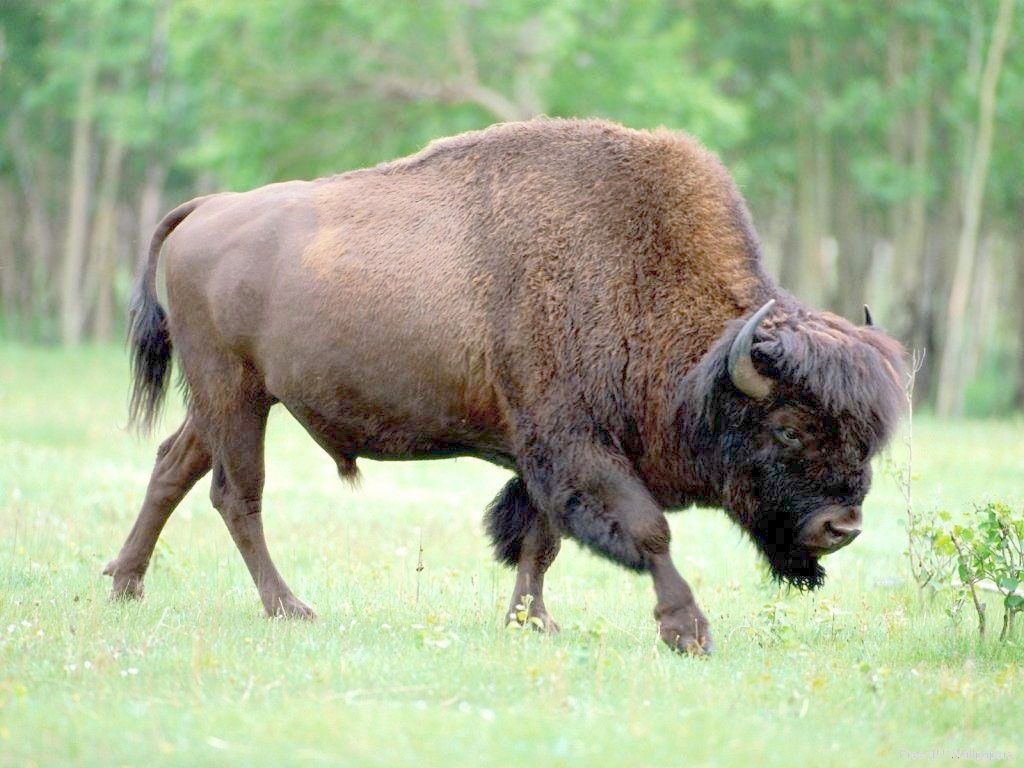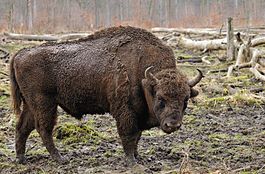Classification of wild cats
After a person switched to a sedentary lifestyle and began farming, he was faced with the question: how to protect the crop from hordes of small rodents? At different times, ferrets, mongooses, and even snakes were used for this purpose. But the cats were out of competition. Cats are born hunters, with whom no one can compare in the ability to track down prey, set up an ambush and grab the victim in a lightning-fast throw. It was not for nothing that the ancient Egyptians considered the cat a sacred animal, and killing one was punishable by severe punishment, including the death penalty. In Tibet, cats have been used for centuries to guard temple treasures, and in China they are a symbol of longevity.
Let us dwell in more detail on the wild representatives of this family. It includes 4 genera and just under 40 species. Wild cats live on every continent except Antarctica. There are 12 species of them in Russia. These are predators whose main tool is powerful fangs, longer and thinner than those of other mammals. The feline's additional weapon is its sharp, curved claws. The wounds they inflict can be even more dangerous than bites, since the cat's claw presses pieces of skin and fur hairs of the enemy into the flesh, and this can lead to infection. The furry predator is endowed with much sharper vision than humans, but in complete darkness it sees nothing. But if light hits a cat in the dark, its eyes glow like headlights. This is because there is a reflective membrane behind the retina of their eyes. Thus, the amount of light reflected from it returns to the retina and doubles. Hearing is three times sharper than human hearing. With its long, rough tongue, the cat literally rips the meat off the bones of its prey. She can turn her head 180 degrees. There are 500 muscles in her body. The cat walks on tiptoes. When running, she retracts her claws and steps only on the thick and soft pads of her toes, so she moves silently. Cat fur consists of several types and different lengths. Cats have a well-developed sense of balance, which helps them move on various surfaces. Like many predators, the instinct to protect their territory is strong.
Cats are the perfect hunting mechanism. Let's look at the most famous representatives of the cat family.
The tiger is the largest representative of the felines. A tiger can live wherever prey exists and there are thickets thick enough for an ambush. Like all cats, it is adapted to hunting. Its coat with dark stripes provides excellent camouflage when the tiger is located in the shade of trees or grass. The soft gait is so light that it seems as if the tiger is barely touching the ground. Agility and the ability to jump explosively allow the tiger to jump on prey from five to six meters. Tigers hunt at dusk, relying more on sight and hearing than on smell. The tiger occupies the top of the ecological pyramid and regulates the population of mammals it hunts. The most widespread Bengal tiger lives in the tropical rainforests of Bengal, India, the forests of Nepal and the Himalayas. The largest modern representative of felines, the Siberian tiger, lives in the mixed forests of Asia. This species is well preserved in zoos and is therefore not in danger of extinction. The male and female meet only during the breeding season. Then the pair breaks up and the female takes care of the offspring alone.
PUMA
The puma is one of the largest felines on the American continent. Cougars live between British Columbia and South America. They are found in regions with completely different living conditions - from coastal forests and swamps to peaks of about 4500 meters. Due to uncontrolled hunting, pumas now prefer to live solitary lives in the Andes and the area around the Rocky Mountains. Cougars are solitary animals. They mark their hunting territory and protect it from their relatives.
No animal can compare with the cheetah in sprinting. Thanks to its long legs and strong muscles, it can reach speeds of up to 112 km/h. Cheetahs inhabit the savannas of East and Central Africa. Alone or in small groups, they carefully sneak up very close to the victim in order to overtake it in a lightning-fast jump. A female cheetah gives birth to two to four cubs. Babies are born blind and helpless. Like all cats, cheetahs are careful about cleanliness. The female spends a lot of time cleaning the kittens. At the age of 6 months, the cubs receive their first hunting lesson. 18 months after birth, kittens begin to live independently. The fur of cheetahs is very valuable and therefore there are currently few of these animals left.
LEOPARD
Leopard is the most common predatory cat. It can be found sub-Saharan Africa, in northern Africa and the Middle East, throughout the vast expanses of South Asia and the Far East, as well as in the Siberian snows. Like most big cats, he hunts alone and mainly in the evening or at night. The leopard uses various hunting tactics, but it is not the largest predator and is forced to defend itself from hyenas and lions that attack it, trying to take away its prey. That is why leopards hide it in trees, where it is more difficult for vultures to get to it. They drag their heavy load, holding it in very strong jaws. Leopards always live alone. Males and females meet only during the mating season, and then immediately disperse, and the female raises the cubs alone.
SNOW LEOPARD (snow leopard or snow leopard)The snow leopard is one of the rarest predators; it is in danger of extinction like no other. The snow leopard lives in the mountains of Central Asia at an altitude of 3000 - 4000 m. It has been seen even at an altitude of 6000 m. Dense, beautiful fur with black spots protects it well from severe winter cold. The snow leopard feeds on sheep, hares, wild boars and rodents. It marks its hunting territory with scent or claw marks on trees. The mating season lasts from January to May, and all this time the male and female remain together.
LEO
The African savannah is home to another large representative of the cat family - the lion. Lions are the only big cats that live in special groups called prides. The behavior of each member of the pride depends on the interests of the entire group. A pride consists of several males and a large number of related females, living together for a long time and defending their hunting territory. The structure of the group can be seen very clearly during the hunt. A pair of lionesses chases the victim towards other lionesses waiting for prey in the tall grass. When the prey approaches, the lionesses jump out of ambush and attack it. This is how lions can successfully hunt very large animals. The lionesses take care of their offspring together, protecting the babies from other predators. Lions guard the territory.



No comments here yet.